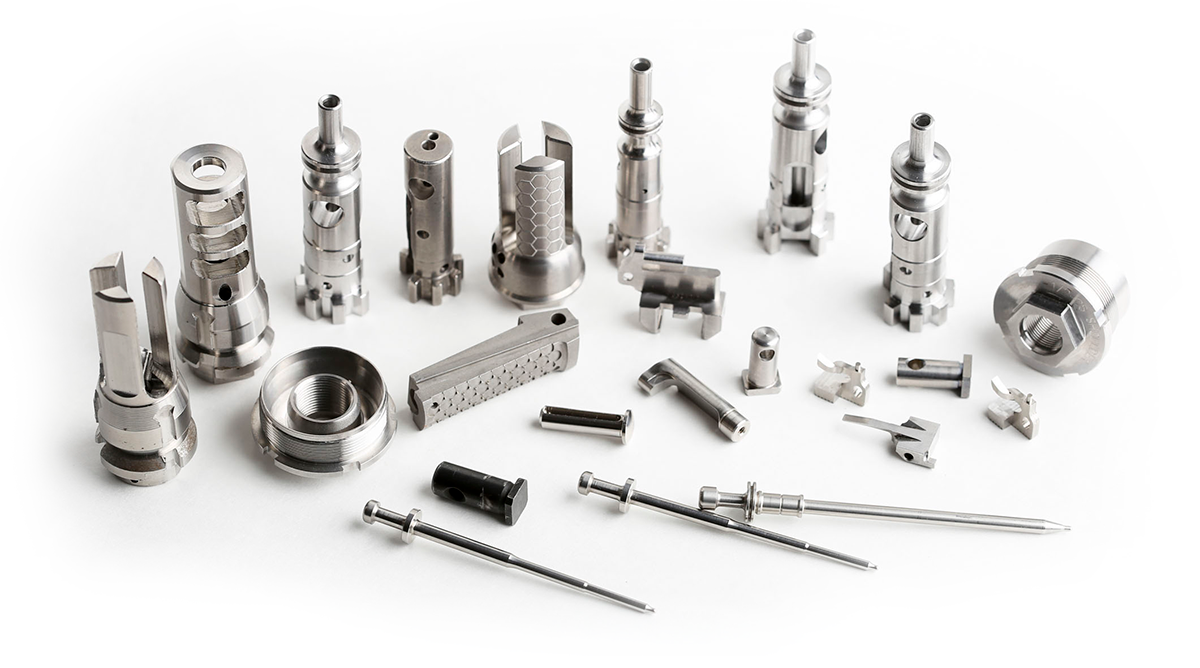Outsourcing has long been a popular strategy for manufacturers looking to reduce costs and increase efficiency. However, outsourcing complex machining operations may not be your best option if you produce in large batch sizes. Bringing these operations in-house may help to improve your bottom line by increasing quality control and machining flexibility and decreasing lead time and cost.
Quality control
One of the biggest challenges with outsourcing complex machining operations is maintaining quality control. Relying on a third-party vendor to machine your parts puts your reputation in someone else's hands and also doubles the amount of time spent on inspection, as both parties must evaluate the batch. If your vendor doesn't meet your quality standards, it can lead to costly scrap, rework, and delays. Expanding and diversifying your machine lineup can prevent dependence upon factors you can't control.
Lead time
If your supplier encounters bottlenecks or unexpected delays, you could be left without product and forced to miss deliveries. Bringing the operations in-house can remove the back-and-forth between you and a third-party manufacturer and allow you to complete all your batch runs together. Choosing the right machine tool for the job and adding automation can also improve lead time by adding lights-out manufacturing and reducing the labor necessary to allocate to the operation. With the right in-house setup, you can reduce your lead time and have greater control over your production schedule.
Cost
While outsourcing can often be a cost-effective solution, there may be a benefit to bringing high-volume batches in-house, regardless of complexity. Outsourcing these operations can actually be more expensive in the long run. This is because vendors may charge higher prices for more complex parts, and additional costs, such as shipping and handling, can add up. Bringing complex machining operations in-house may require an initial investment, but it can reduce these overall costs and provide a better return on investment over time.
Flexibility
When you outsource, you're at the mercy of the vendor's schedule and production capabilities, but by bringing these operations in-house, you can adapt quickly to changes in demand or design requirements, reducing lead times and improving your ability to respond to market conditions.
You can even add more applications to your offerings with a diversified machine lineup. Although originally designed for small-part manufacturing, Swiss-style turning machines can machine highly complex parts. Equipped with back-end and B-axis tooling capabilities, a Swiss lathe can complete parts in a single operation that would require two or more in standard lathes and mills.
Finding an effective solution
Outsourcing projects beyond your current capabilities is a great way to expand your offerings and develop relationships with your customers and other manufacturers. However, if you struggle with quality control, cost per part, flexibility and longer lead times, you may want to consider adding a machine that can handle more complexity, tougher material, or much smaller parts. Investing in a more diverse lineup can result in more projects, lower cost per part, and more flexibility as well as help you stand out in a competitive industry!




